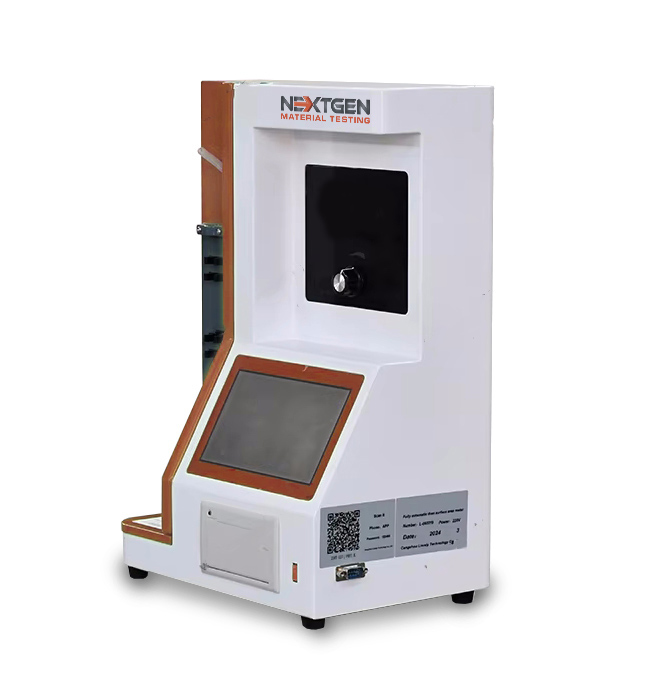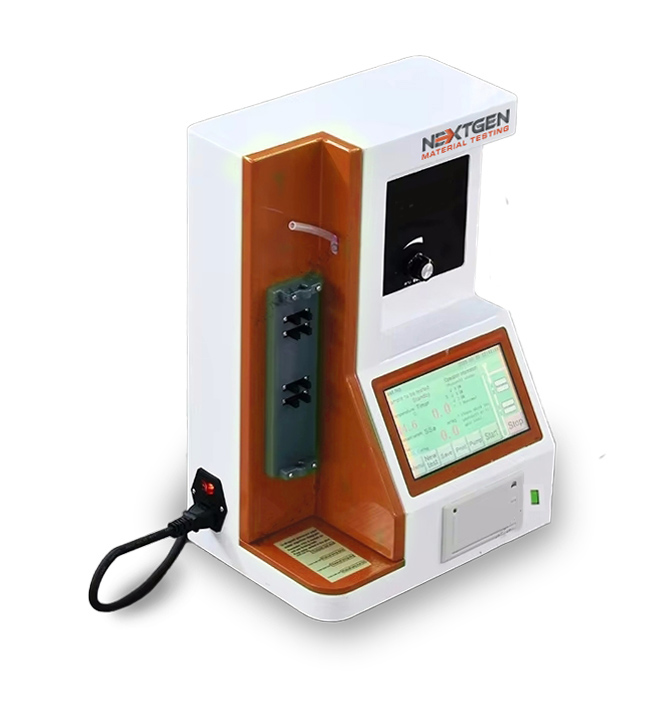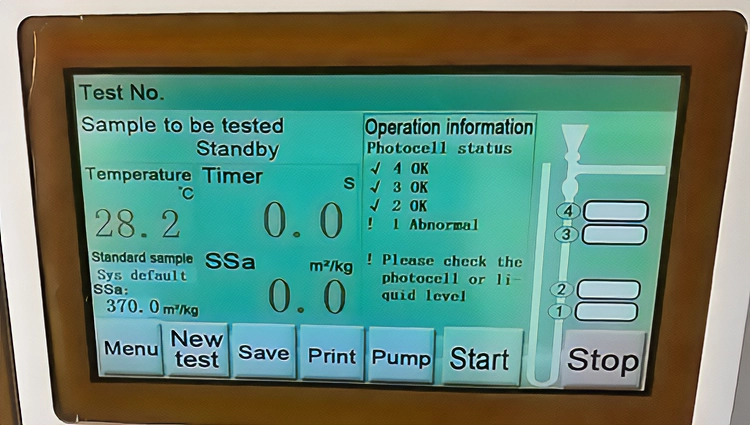Cement & Concrete Testing Equipment
Standards
EN 196-6, ASTM C204, ISO 9277, GB/T 8074, NF P15-403
Description
BlaineGen Classic is a digital Blaine apparatus for routine determination of cement fineness in laboratories that need a straightforward, cost-effective solution. The system applies the Blaine air permeability method to evaluate the specific surface area of Portland cement, lime and similar powders. It is intended for quality control and technical teams who require reliable fineness data without the cost and complexity of fully automatic platforms.
BlaineGen Classic uses the standardized Blaine air permeability method to determine specific surface area, expressed in m²/kg, from the controlled flow of air through a packed bed of powder. The instrument is manufactured in accordance with EN 196-6, ASTM C204, GB/T 8074 and NF P15-403, with correlation to ISO 9277 for specific surface area evaluation. This alignment allows laboratories to keep test procedures consistent with established cement industry practice and to compare results across different sites and instruments.
In operation, a prepared cement sample is compacted into a permeability cell to form a porous bed with defined porosity. A fixed volume of air is then drawn through this bed, and the instrument measures the time required for the air to pass between two reference levels. Based on this transit time, the system calculates the specific surface area of the material and presents the Blaine fineness value on the digital interface, ready for reporting or further analysis.
BlaineGen Classic follows the same physical principle as more advanced automatic systems, but in a simpler, classic configuration. It combines digital timing and calculation with conventional sample handling, giving laboratories a practical, cost-effective option when a manual or semi-automatic Blaine test is sufficient. This makes it suitable as a primary fineness instrument in smaller laboratories or as a secondary unit alongside high-end automated Blaine equipment.
Features and Advantages
BlaineGen Classic combines digital timing with a straightforward Blaine cell design. It is intended for laboratories that need a dependable, cost-effective fineness tester without complex automation. Key features and advantages include:
- Digital time measurement: Air transit time is recorded electronically, reducing timing variation compared with manual stopwatches.
- Consistent Blaine calculations: The instrument applies a fixed calculation routine for Blaine fineness, supporting comparable results between different tests.
- Straightforward control layout: Basic controls and a clear test sequence help new users become comfortable with the instrument in a short time.
- Classic Blaine cell design: Conventional cell geometry and packing steps allow the unit to fit into existing Blaine procedures with minimal adjustment.
- Cost-effective configuration: The focus on essential functions helps keep both purchase and training costs at a practical level for routine laboratories.
- Support for reference cement checks: Regular measurements on reference material make it easier to monitor instrument performance and maintain internal control charts.
Operating Workflow Overview
BlaineGen Classic follows the familiar Blaine air permeability workflow used in many cement laboratories. The sequence is straightforward and can be integrated into existing internal procedures without major changes.
Sample Preparation
For each test, a representative cement sample is weighed and introduced into the permeability cell. The powder is compacted with a plunger to reach the specified porosity required by the selected standard. Once the packed bed is formed, the cell is assembled with its caps and seals and then placed into the main unit, ready for measurement.
Reference Calibration Concept
To keep results consistent over time, laboratories typically run tests on a reference cement with a known specific surface area. The measured time for this reference material is used to confirm that the instrument and procedure are behaving as expected. After this check, tests on routine samples are performed using the same preparation steps, allowing the laboratory to compare current batches against the reference and against historical data.
Measurement and Result Display
During a test, a defined volume of air is drawn through the compacted cement bed and the instrument records the transit time between two reference levels. The system then calculates the specific surface area according to the Blaine method and presents the fineness value on the display. The result can be recorded in the laboratory log, transferred into a quality system, or used directly for process control and product reporting.
System Components and Scope of Supply
BlaineGen Classic is supplied as a complete test set for routine Blaine fineness measurements. A typical configuration includes:
- Main unit: BlaineGen Classic digital Blaine apparatus with integrated timing and display for Blaine air permeability tests.
- Permeability cell and accessories: Blaine permeability cell with matching caps and base, perforated plates, filter papers, plunger, and the connecting tubing and fittings required to assemble the air path.
- Reference materials and tools: recommended reference cement (when ordered as part of the package), together with basic tools for sample handling and packing, such as a powder scoop, spatula and compaction rod.
- Documentation: operational manual with installation and operating instructions, and a conformity or calibration certificate when supplied under the relevant order terms.
Technical Specifications
The main technical parameters for BlaineGen Classic are summarized below:
| Parameter | Value |
|---|---|
| Measurement principle | Blaine air permeability method |
| Time range | 0.1 s < T < 500 s |
| Timing accuracy | < 0.1 s |
| Measurement accuracy | ≤ 1 % |
| Power supply | 220 V ± 10 %, 50 Hz |
| Operating temperature range | 8–34 °C (46–93 °F) |
| Recommended laboratory environment | Indoor laboratory conditions with stable temperature in this range and no strong air drafts around the instrument |
Related Products

Automated Blaine Apparatus - BlaineGen Plus
The fully automatic digital BlaineGenPLUS model is used to determine the fineness and particle size of cement (and other powdery products).



